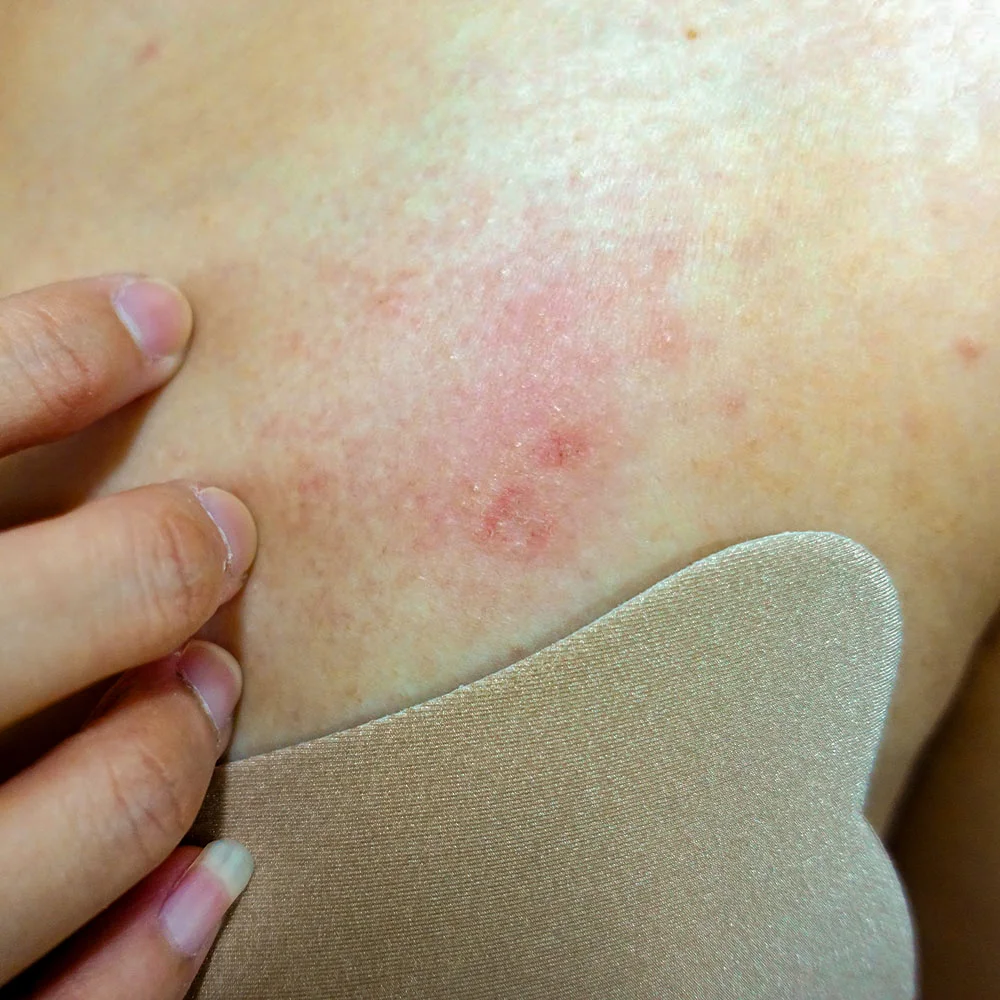Here's what we'll cover
Here's what we'll cover
Here's what we'll cover
Bacterial vaginosis is bothersome and uncomfortable. And while you can get it after having sex, it’s not actually an STI.
That’s because bacterial vaginosis comes from an imbalance of bacteria in your vagina. In contrast, STIs, or sexually transmitted infections, are caused by bacteria transferred during sexual contact.
While bacterial vaginosis can appear after sex and is more common in sexually active people, you can still get it without any sexual contact at all.
What is bacterial vaginosis and what causes it?
Bacterial vaginosis––generally called BV––results from an imbalance of the natural vaginal flora (another word for the microorganisms that live in the vagina), leading to an overgrowth of "bad" bacteria.
This condition results from a decrease in healthy Lactobacilli bacteria and an increase in various other strains of bacteria (Kairys, 2020). BV is very common, affecting one in three women at some point in their lives (Koumans, 2007). Although those who've never had vaginal, oral, or anal sex can still develop BV, it's most often seen in people who are sexually active (CDC, 2020-a; CDC, 2020-b).
Researchers still aren't exactly sure why BV happens, although there are known risk factors. These include douching (using chemicals or soaps to wash inside the vagina), having a new sexual partner, or engaging in sexual activity with multiple partners. All of these things can affect the normal balance of bacteria in your vagina (CDC, 2020-b).
BV isn't considered an STI because it isn't caused by an outside source. Unlike STIs, you can't get BV from things like swimming pools, hot tubs, or toilet seats.
Symptoms of bacterial vaginosis
Bacterial vaginosis is usually pretty simple to diagnose. A healthcare provider will likely perform a pelvic exam to make the diagnosis. Indicators of bacterial vaginosis include (CDC, 2020-b):
Thin white or gray vaginal discharge
Vaginal discharge with a fish-like odor that's more prominent after sex
Pain, itching, or burning in or outside the vagina
Burning sensation when urinating
Then the provider will typically use a cotton swab to get samples of your vaginal secretions, which they can use to look for signs of BV.
During an evaluation, a healthcare provider may also check for other conditions with similar symptoms, such as chlamydia, gonorrhea, or trichomoniasis.
Testing for additional infections is vital as BV can increase your chance of catching STIs, some of which cause no symptoms at all.
Bacterial vaginosis treatment
While BV can sometimes clear up on its own, treatment resolves it faster.
If you’re diagnosed with BV, you'll likely be prescribed antibiotics taken either by mouth or as vaginal suppositories. Even though symptoms can resolve within a few days of starting treatment, it’s important to finish the full course to reduce recurring infections (Kairys, 2020).
It's important to remember that BV can return even if you complete an entire course of treatment. If you experience multiple bouts of BV, consult a healthcare provider who can determine what steps you can take to prevent it from coming back (CDC, 2020-b).
If you're diagnosed with BV, it's important for any sexual partner with a vagina to also get tested. Sexual partners with a penis cannot contract BV from those with a vagina, and generally don't need treatment (CDC, 2020-b).
What happens if BV is left untreated?
Though BV isn't technically an STI, it can increase your risk of developing one.
Researchers theorize this is because the imbalance in vaginal flora that occurs in BV makes it easier for other pathogens to settle in and cause trouble. BV also increases the presence of certain enzymes that reduce your body's ability to fight off infections, making it easier for outsiders to take hold (Kairys, 2020).
This is especially critical for people who have compromised immune systems, such as those with HIV or with a partner who has HIV. BV may increase the chances of contracting HIV from a partner (if you're HIV positive) or passing it to a partner (CDC, 2020-b).
Left untreated, BV can causes issues beyond an increased risk of contracting an STI. Pregnant women with BV run the risk of delivering prematurely (CDC, 2014). Certain STIs, such as chlamydia and gonorrhea, can cause pelvic inflammatory disease (PID), a serious condition that can lead to fertility problems in the future (CDC, 2020-b).
DISCLAIMER
If you have any medical questions or concerns, please talk to your healthcare provider. The articles on Health Guide are underpinned by peer-reviewed research and information drawn from medical societies and governmental agencies. However, they are not a substitute for professional medical advice, diagnosis, or treatment.
References
Center for Disease Control and Prevention (CDC). (2014, January 23). Bacterial vaginosis - CDC fact sheet. Retrieved Aug 03, 2020 from https://www.umhealthpartners.com/wp-content/uploads/2016/09/bv.pdf
Center for Disease Control and Prevention (CDC). (2018). Reported STDs in the United States, 2018. Retrieved Aug 24, 2020 from https://www.cdc.gov/nchhstp/newsroom/docs/factsheets/STD-Trends-508.pdf
Centers for Disease Control and Prevention (CDC). (2019, October 08). 2018 STD surveillance report. Retrieved Aug 04, 2020 from https://www.cdc.gov/nchhstp/newsroom/2019/2018-STD-surveillance-report.html
Center for Disease Control and Prevention (CDC). (2020-a, February 10). CDC - bacterial vaginosis statistics. Retrieved Aug 03, 2020 from https://www.cdc.gov/std/bv/stats.htm
Centers for Disease Control and Prevention (CDC). (2020-b, February 10). STD facts - bacterial vaginosis. Retrieved Aug 03, 2020 from https://www.cdc.gov/std/bv/stdfact-bacterial-vaginosis.htm
Kairys, N., & Garg, M. (2020). Bacterial vaginosis. Treasure Island, FL: StatPearls Publishing. Retrieved Aug 4, 2020 from https://www.ncbi.nlm.nih.gov/books/NBK459216/
Royal College of Obstetricians and Gynaecologists (RCOG). (2016, September 2). Gynaecological cancer awareness month: Know your body. Retrieved Aug 04, 2020 from https://www.rcog.org.uk/en/blog/gynaecological-cancer-awareness-month-know-your-body/
State Urgent Care. (2019, June 25). STD vs STI: What's the difference? Retrieved Aug 04, 2020 from https://starkvilleurgentcareclinic.com/std-vs-sti-common-types-symptoms-and-treatment/










